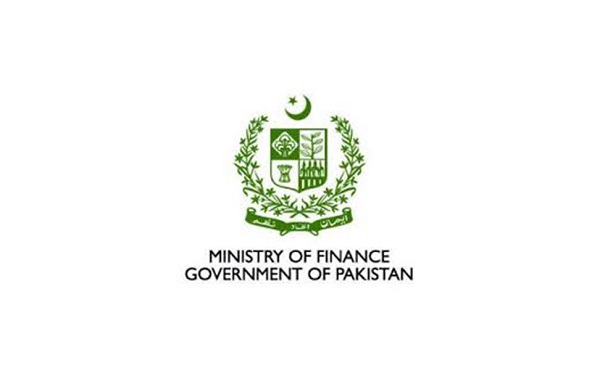NAROWAL: A speeding vehicle of Chief Minister Maryam Nawaz’s motorcade allegedly killed a motorcyclist at the Chandowal Stop
ISLAMABAD: The Ministry of Finance on Friday forecast tough days ahead including rising inflation, expanding current account deficit, higher fiscal deficit and dampening economic growth prospects — in the country owing to combination of internal and external challenges of unpredictable tenure.
“The domestic and international scenarios are changing which carry implications for the economic recovery. Meanwhile, inflationary and external sector pressures are creating macroeconomic imbalances in the economy,” said Economic Adviser’s Wing (EAW) of the Ministry of Finance in its Monthly Economic Update & Outlook for April.
The EAW noted that international developments and persistent high domestic inflation may impact domestic economic activities. Among the determining factors of current trends in both international and domestic inflation are supply chain issues and surging international commodity prices. It estimated 11.5-12.5 per cent year-on-year inflation for the current month.
The overall spike in CPI (Consumer Price Index) is on account of an increase in the prices of imported items, as the country is a net importer of such items, especially crude oil, pulses and edible oil, which ultimately transmitted into domestic prices. Upward price movement is further fueled by Ukraine war, supply chain disruption and recovery in global demand.
Under normal circumstances, these prices follow a cyclical pattern. That implies that normally price spikes are followed by a cooling-off period. But the current cycles of international food and oil prices are different. First, the volatility in these markets is high compared to historical standards. Second, due to geo-political tensions, the increasing trend in prices may remain intact.
Therefore, high inflation and accompanying monetary policy reaction may temporarily dampen the cyclical position of Pakistan’s economy, thereby reducing growth prospects in the short run.
According to the finance ministry, high international commodity prices not only keep inflation elevated, they are also a burden on Pakistan’s external account and hence on its foreign exchange reserves.
Many other countries are facing the consequences of high and volatile commodity prices, especially of oil and gas. Strengthening of Pakistan’s overall supply side through increasing its productive potential would allow it to produce more for exports and discourage import. These prospects would relax the external constraint that has historically weighed on Pakistan’s economy and which has caused regular balance of payments crises and an accompanying stop-and-go profile in Pakistan’s economic growth path.
“On the expenditures side, higher subsidies and grants are putting significant pressure on fiscal accounts,” said the finance ministry.
During July-March of FY2022, fiscal deficit has increased to 4pc of GDP against 3pc last year. “It is expected that fiscal deficit may increase further in the coming months,” it added.
The report said the production of all important Kharif crops in Pakistan was encouraging. Cotton production increased by 17.7pc to 8.3 million bales, rice up by 10.7pc to 9.3m tonnes, sugarcane increased by 9.6pc to 88.8m tonnes and maize rose by 8.6pc to 9.7m tonnes.
During July-February FY2022, large-scale manufacturing (LSM) posted a growth of 7.8pc compared to 2.2pc during the same period last fiscal year.
During July-March of the current fiscal year, current account deficit was recorded at $13.2 billion compared to just $275m during the same period last financial year — a massive growth with dire consequences — for exchange rate and foreign exchange reserves.
Current account deficit widened due to the constantly growing import volume of energy and non-energy commodities, along with a rising trend in the global prices of oil, Covid vaccines, food and metals.
For April this year, exports of goods and services are expected to continue their upward trend and imports may remain at the same level in line with domestic economic activity and international commodity prices.
Moreover, economic activities in Pakistan’s main trading partners continue to remain slightly above the trend as some slowdown has been observed due to geo-political uncertainty and surge in commodity prices. If these tensions continue, the country’s growth may be affected as well.
Trade deficit is expected to remain at around $3bn in April. Remittances may remain high compared to previous months due to Eid factor. Taking these factors into account, current account will stay at around $1bn in April.
The provisional net tax collection during July-March FY2022 grew by 28.9pc to Rs4.376 trillion against Rs3.394tr during the same period last fiscal year.
You May Also Like
QUETTA: Heavy rains continue to inflict damages across Balochistan as seven more people have been killed in accidents.
KARACHI: Police said on Friday that five Japanese nationals were unhurt after their vehicle was targeted by a suicide bomber in






